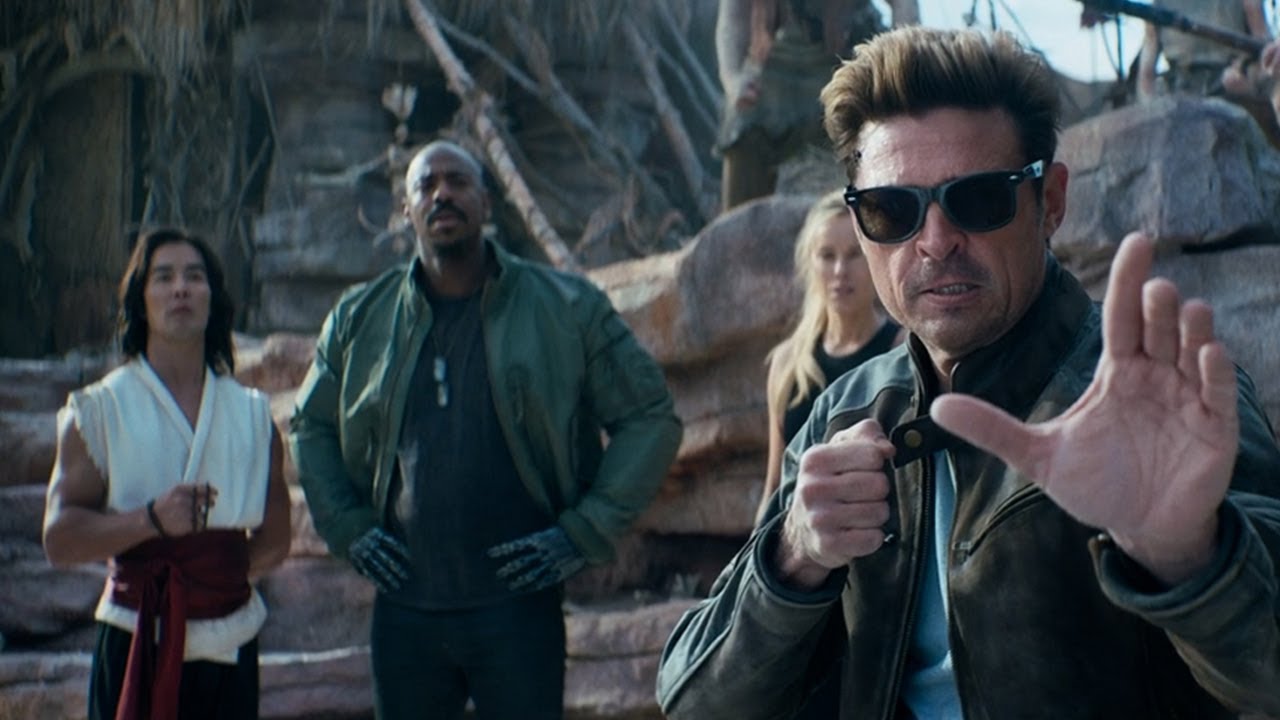What a joke! Suikoden Star Leap's so-called "combat system" is just a flashy gimmick designed to mask the lack of genuine innovation. And don't get me started on the French localization—how long have we waited for this? 2026 is years away! Are we supposed to cheer for crumbs when we deserve a feast? It’s infuriating to see beloved franchises reduced to mere marketing stunts. It’s time to demand real substance instead of flashy announcements. We deserve better!
#Suikoden #SuikodenStarLeap #GamingNews #Localization #Anime
#Suikoden #SuikodenStarLeap #GamingNews #Localization #Anime
What a joke! Suikoden Star Leap's so-called "combat system" is just a flashy gimmick designed to mask the lack of genuine innovation. And don't get me started on the French localization—how long have we waited for this? 2026 is years away! Are we supposed to cheer for crumbs when we deserve a feast? It’s infuriating to see beloved franchises reduced to mere marketing stunts. It’s time to demand real substance instead of flashy announcements. We deserve better!
#Suikoden #SuikodenStarLeap #GamingNews #Localization #Anime
1 Reacties
·0 aandelen










